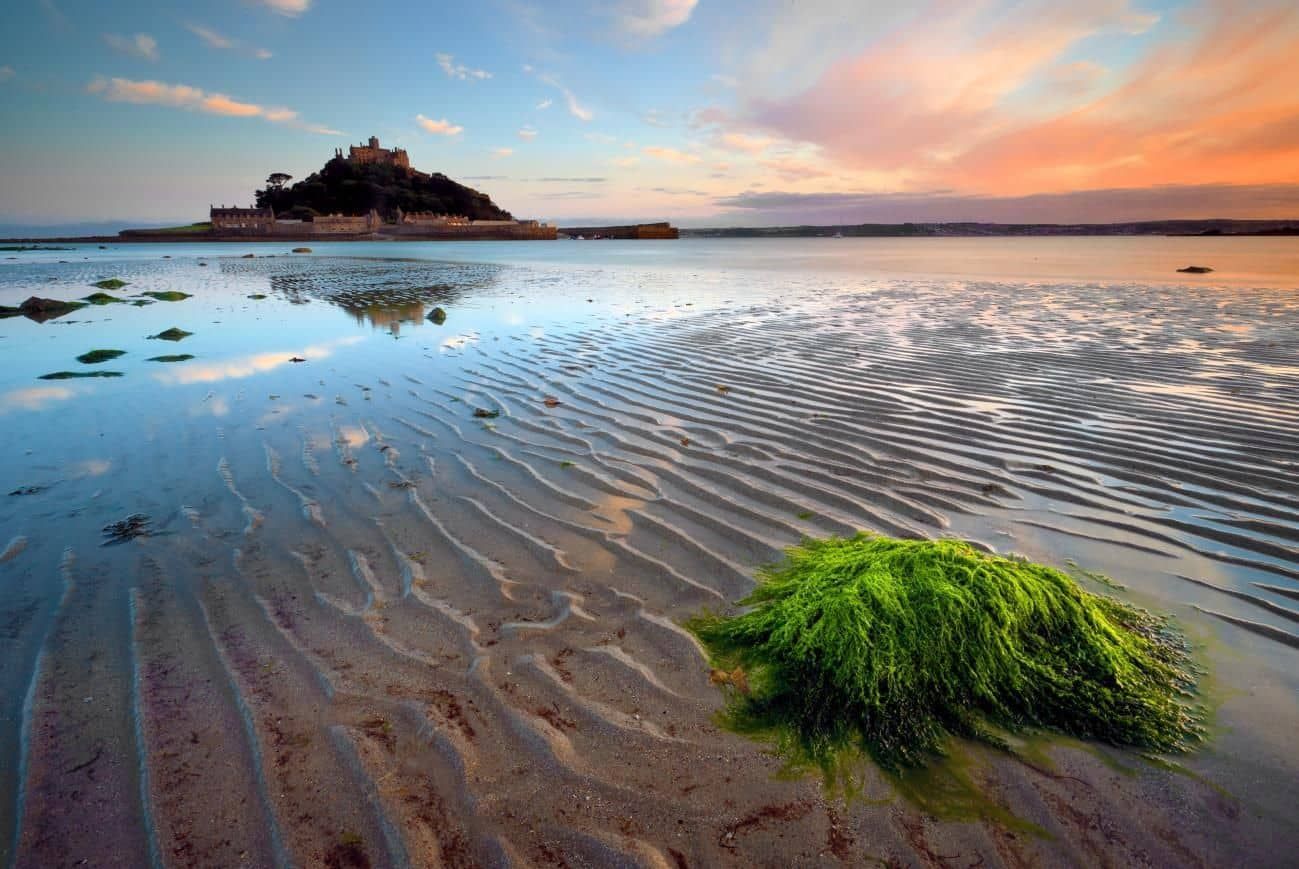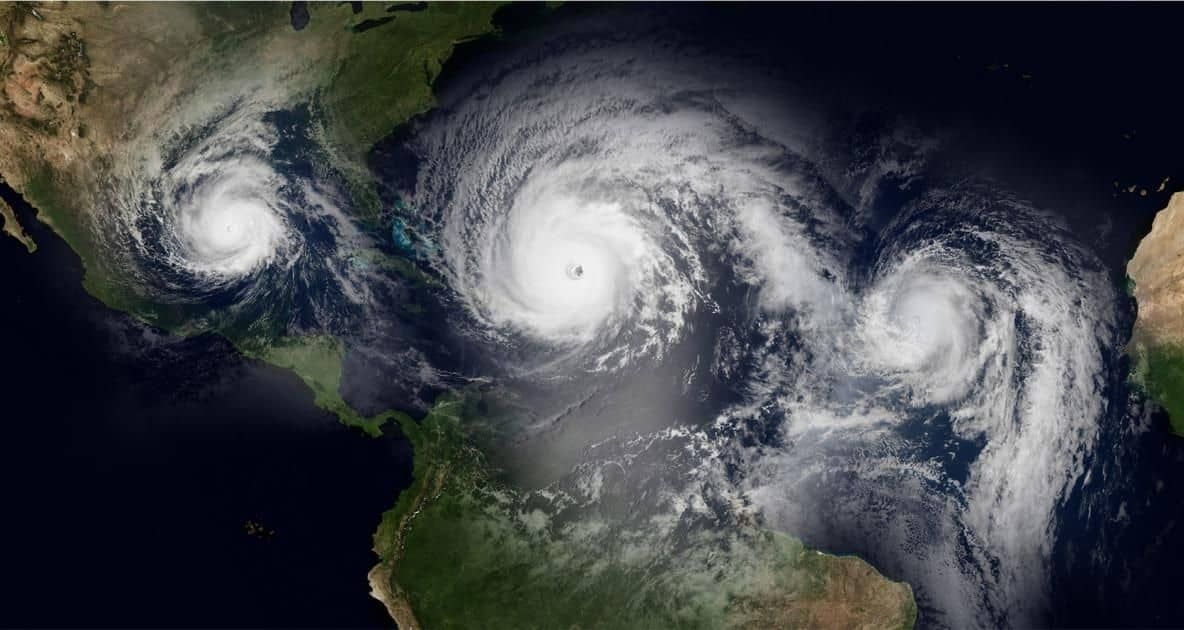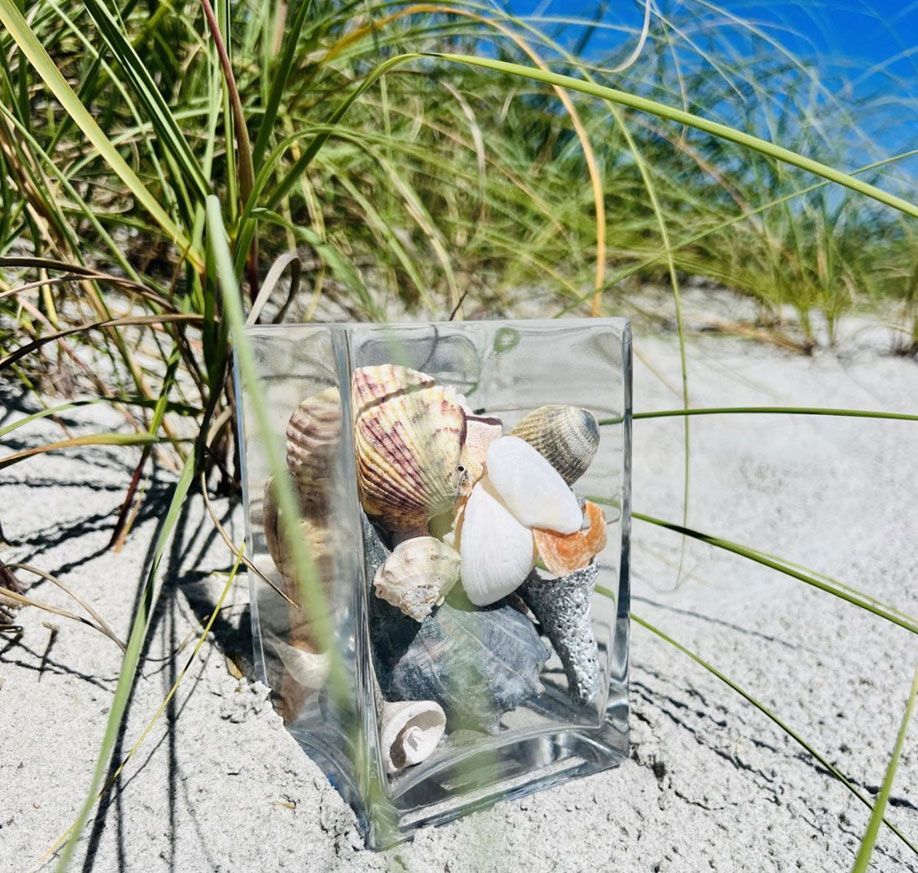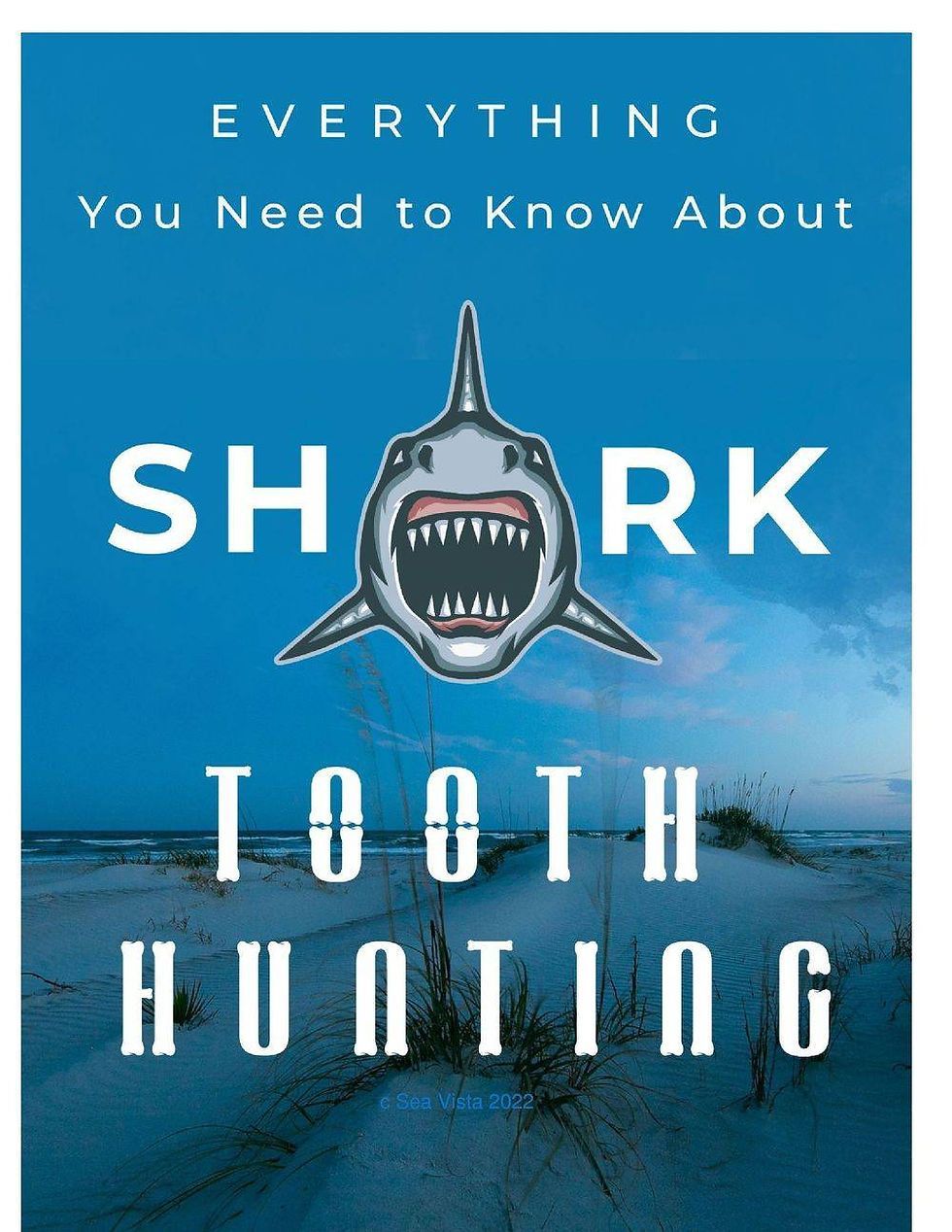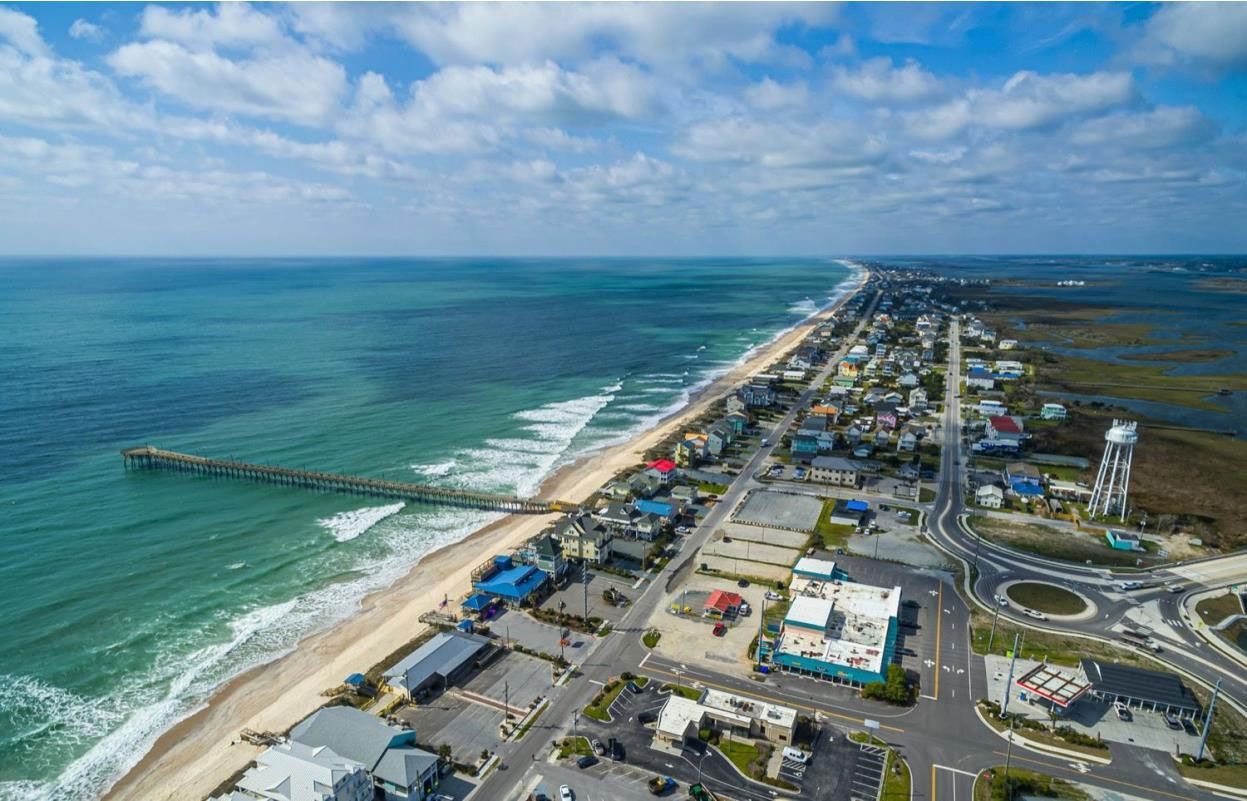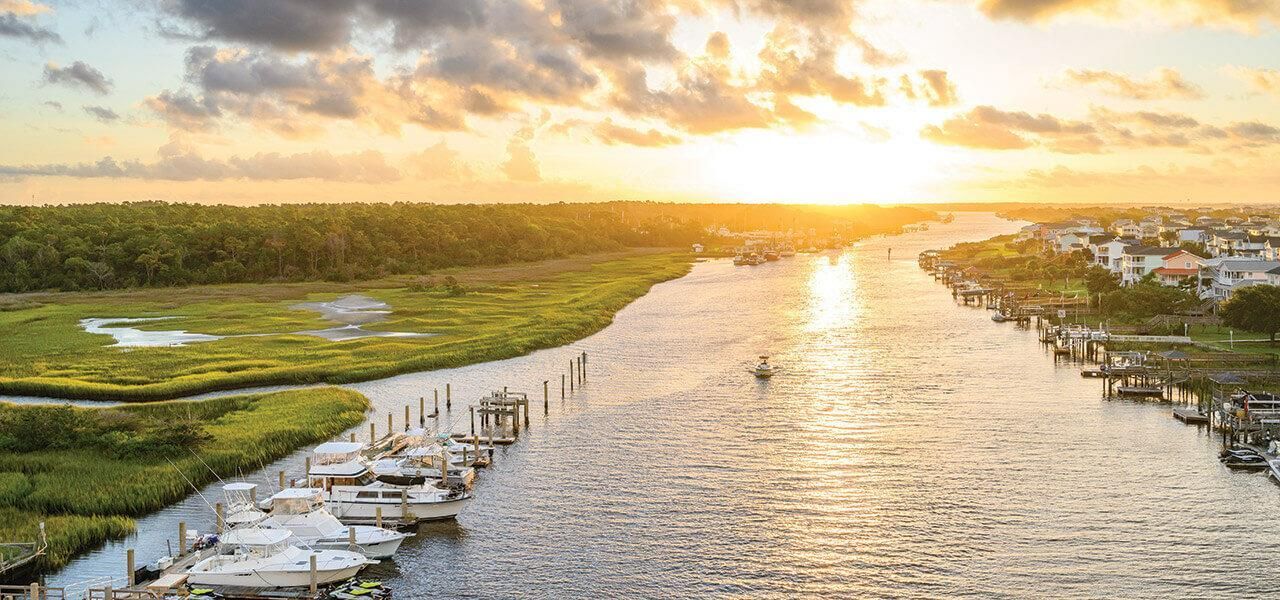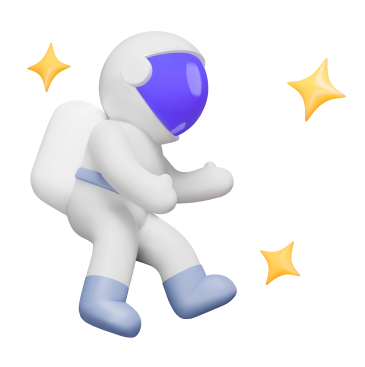BIRD-WATCHING AT TOPSAIL ISLAND
Chit…Chirp! A Hummingbird, was that? Kikikiki…Khahaha! Now, that certainly was a Laughing Gull. Birdwatching at Topsail Island can surely give your trip an exciting twist. These beautiful creatures in nature just don’t cease to give you the giggles. If you’ve never gone birdwatching, then this is your cue. Read on and find out how bird-watching can inspire juicy memories from your time at Topsail Island. It will interest you to discover the origin and history of this heartwarming activity.
HISTORY OF BIRD-WATCHING
It was about the 1880s when bird-watching became a trend. Back then though, it was known as bird-hunting because it was more hunting than watching. The citizens of Great Britain were the first to practice it, then the United States followed up not long after. Interest in this activity grew rapidly and soon enough, citizens all over Scandinavia, Germany, the Netherlands, and older countries of the British Wealth adopted the new hobby. The bird hunters of the time used guns to shoot down flying birds and many times it was only when they had the bird corpses lying in their hands that they would identify unfamiliar species.
Bird-hunting was an enjoyable sport but as you can imagine, it is not much fun to discover a rare species only when its corpse is lying in your arms. Today, technology has helped transform bird-hunting into bird-watching (or birding) through the use of optical aids like binoculars, so that birdwatchers can easily gaze at all the awe-inspiring creatures and discover new species without endangering them. This makes things much easier and a lot less gory!
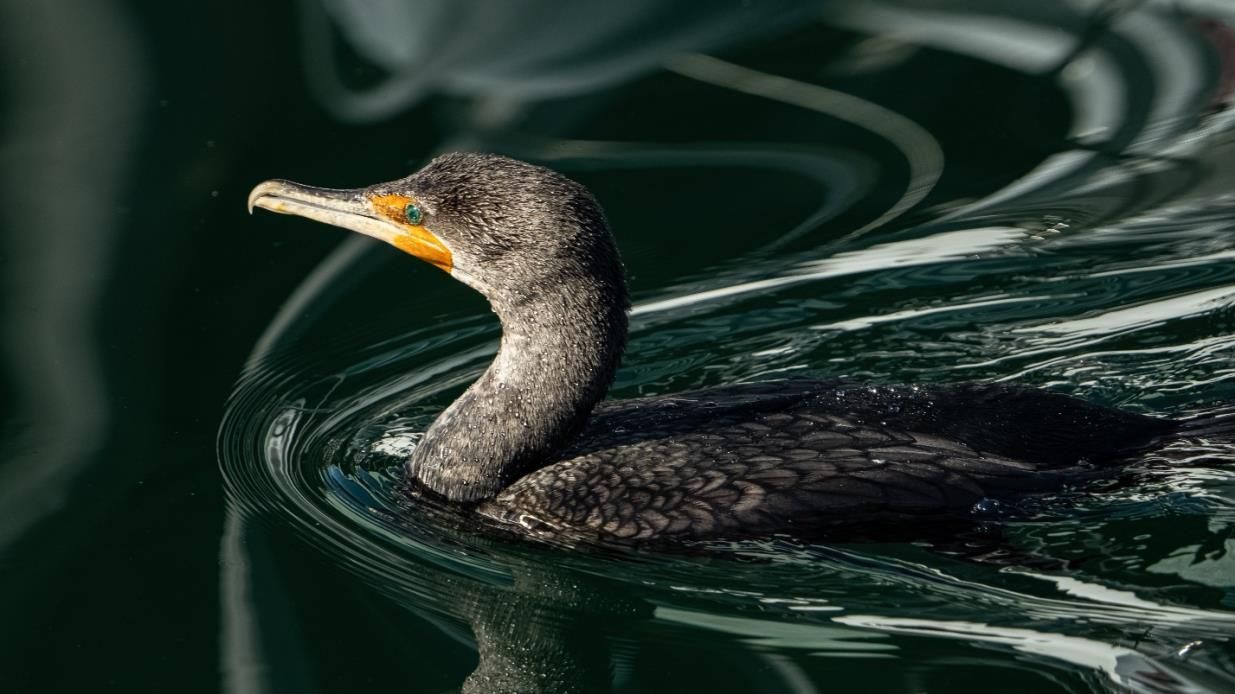
A Cormorant | Flickr @Mjeedelbr
SPECIES FOUND ON TOPSAIL ISLAND
Seriously, there are over a hundred species of birds that are known to visit our Island. The Gulls are the most common. You’d find many of them cooling off in the sea while some of them wander along the beach probably looking for the next person to steal a snack from. You should hear the Laughing Gulls. They sound like they are laughing at you, especially after stealing one of your French fries. The Herring Gulls move in large flocks and love to sit on fishing boats. The Great Black-Backed Gulls are the largest known gulls. They are much bigger than others and have thicker bills than the rest. They trot about proudly with their blackened backs amid their white feathers. The Hummingbirds are also common. They love to prance about the gardens as they sing sweetly between the flowers. The adult male Ruby-throated hummingbird is named so because of the lovely red hue running from its black chin and all along their throat. The Double-Crested Cormorants are beautifully black-feathered with a radiant orange color at the base of their bill. They can swim like ducks and dive underwater like eagles to catch fish. These pages may not be enough to list all the species that visit the island, but here is a handful of other birds we believe you’d be really excited to find: The Great Horned Owl, Ospreys, Purple Martin, Brown Pellican, RedWinged Blackbird, Carolina Wren, The Bald Eagle, The Fish Crow, and The Blue Jay.
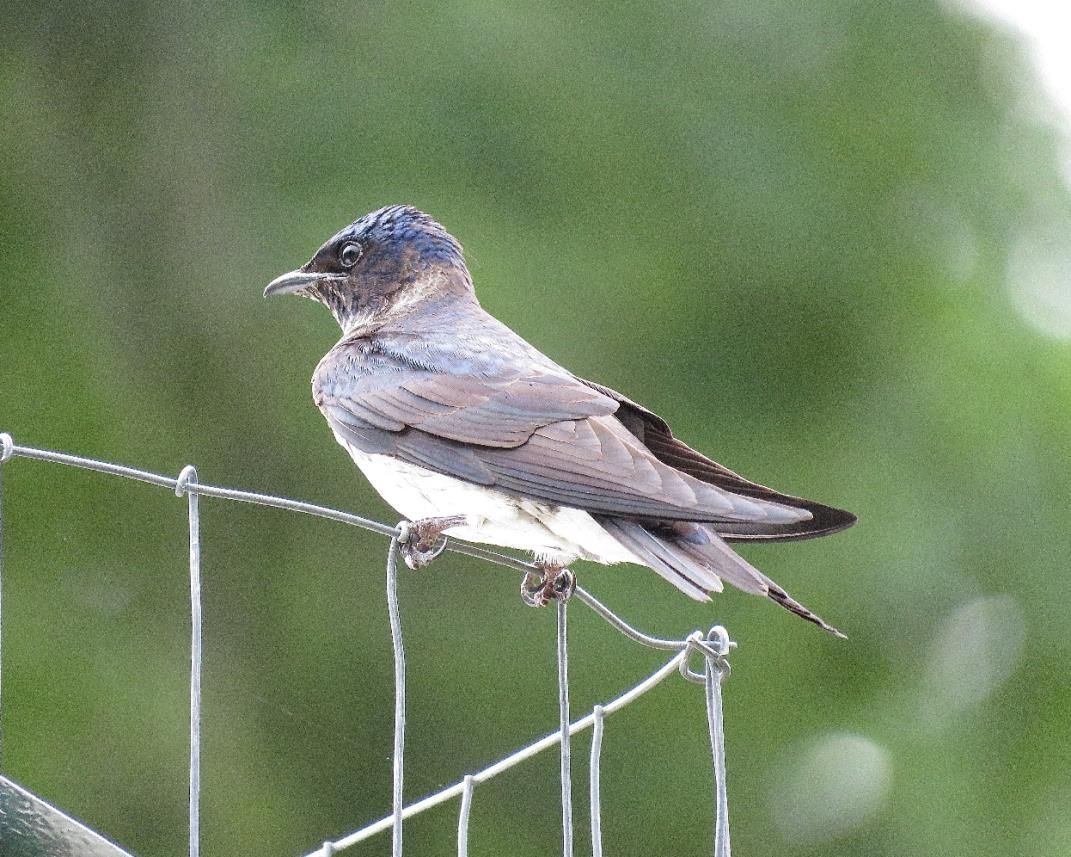
The Blue Jay
WHAT TIME OF THE YEAR IS YOUR BEST SHOT?
You can find birds all year round but spring, summer and early autumn are the most favorable times. If you want to see many species and many birds, look out for spring and fall migrations. Spring migration is when the winter visitors bow out and the summer migrants swarm in. In North Carolina, it starts in late March, peaks in April, and slows down in May. During Fall Migration, the summer migrants then make way for the return of the winter visitors. It runs from August through October. Many birds go into hiding during winter but there’s still quite a number of species that aren’t fazed by the chill. Some of the beautiful species you would find frolicking in the winter are the Northern Cardinals, the Red-Breasted Nuthatches, the Tufted Titmice, and Downy Woodpeckers.
WHAT TIME OF THE DAY FAVORS YOU?
In the early hours of the morning, as the sun rises and the insects start to crawl, the insectivorous birds gear up and get ready to feed. You would also hear them sing sweetly as they establish their territories and attract mates. If you like to identify birds by listening to their sweet songs, the early morning favors you best. As you rise in the morning, you would be greeted by the serenade of the avian orchestra. For nocturnal birds like the owls, mockingbirds, and night herons that are more active at night, they start to emerge in the late evening to feed, then they pull an all-nighter and get their rest in the morning. If you are setting out for particular species, you can research their active hours and decide what best suits you. If you’re birding in the winter, the afternoon is your friend on sunny days. The winter birds like to bask in the sun for sunning. Sunning is when they take advantage of the solar heat to warm them up and their feathers help to trap the heat for colder days.
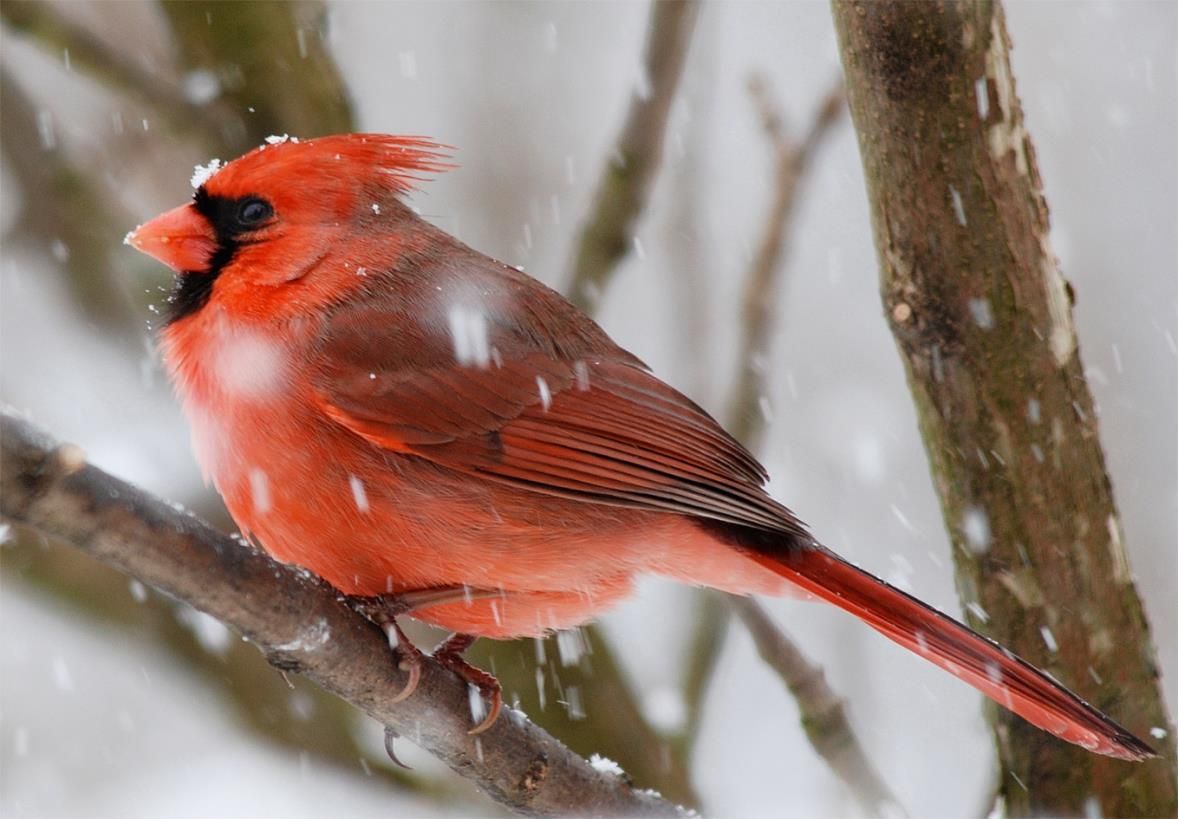
Northern Cardinal | Flickr @Billtacular
TIPS, TRICKS, AND TOOLS
Birding at Topsail Island is easy and worthwhile. You can find birds pretty much anywhere on the island. You can observe them from flexible positions: your car window, at the beach side, in a garden, an open field, and even through the windows and balconies of our motel.
Birds love to drink water so you would easily find them where there is water. They are attracted to birdbaths and backyard baths. When you’re at the beach side, they contribute to the spectacular view as they cool off in the ocean and keep their eyes peeled for the next unknowing fish to prey. One trick that many birders use is to set up feeding stations that attract birds. If you want to see particular species, it will be helpful to learn about their diet. This will make your feeding stations more effective.
Bird-watching can be done with your naked eye but to make the most of your birding experience, we highly recommend using visual enhancement devices like telescopes and binoculars. Be sure to get good binoculars with high power, clarity, and sufficient brightness. Having a camera with you will be perfect and exciting, preferably a lightweight and waterproof one. Who doesn’t love taking great photos of these wonderful creatures! A bird book is very handy so you can easily refer to it. It’s thrilling when you’re able to identify various species from your handbook.
While birding, you should generally avoid noon times, harsh weather, and places crowded by people. At noon time, the birds take a rest before they proceed with their activities so at this time, you are less likely to see them and you’d probably burn out in the heat of the day while waiting to find them. Birds avoid harsh weathers so you wouldn’t find them in storms or high winds but once the storms pass, they re-emerge. They also prefer places with less human activities so they won’t be disturbed by them.
The best tip of all is to get along with local birders. First of all, the more the merrier (if you’re not the shy one, that is). Secondly, they will be happy to share information with you and help you make the best of your birding.

Purple Martin | Flickr @Carla Davis
A BIRDER’S HEART-WARMING STORY
Ishika Ramakrishna, an Indian birder and blogger wrote at The Wire Science:
“Bird watching was my first real inlet to the world of wildlife. When you grow up in a city like Bombay, wildlife is restricted to the birds that inhabit your extremely urban neighborhood…The only accessible beings in my immediate surroundings, albeit least represented on the macho wildlife shows, were birds… The parakeets, especially, were exciting to me, because they added unusual vocalizations and flashes of green to my otherwise grey-brown-black world of city birds.
Then, around 2007, the most wonderful thing happened. A small green bird with bright red and yellow markings on its face, and a black outline around its eyes showed up on a dying tree trunk outside my bedroom window. It had a tough little beak and it began pecking away at the soft, detritus wood of the old dead tree. It was the first time I saw life on it, and oh what life it was. I watched for days as this bird chipped away at it, deepening dents into crevices and ultimately, holes. Soon, all I saw of my colorful buddy was his beak and eye when he peered out of his well-dug tree home. I dipped into my father’s old Book of Indian Birds to find that this fine creature was a Coppersmith Barbet. I copied down the adjoining paragraph of Salim Ali’s description in my notebook and then ticked off all the behaviors I had observed with a different inked pen. That barbet—I’d like to believe it was the same one—returned each year just a week or two before the first rains hit. He became my weather guide and good omen at the start of each new school year.
Dipping into that bird book opened up a whole new world for me. I found value in my love of watching birds when I realized that others too were just as fascinated—fascinated enough to write books of descriptions and behaviors. I decided that that’s what I wanted to do, even if only for fun.”
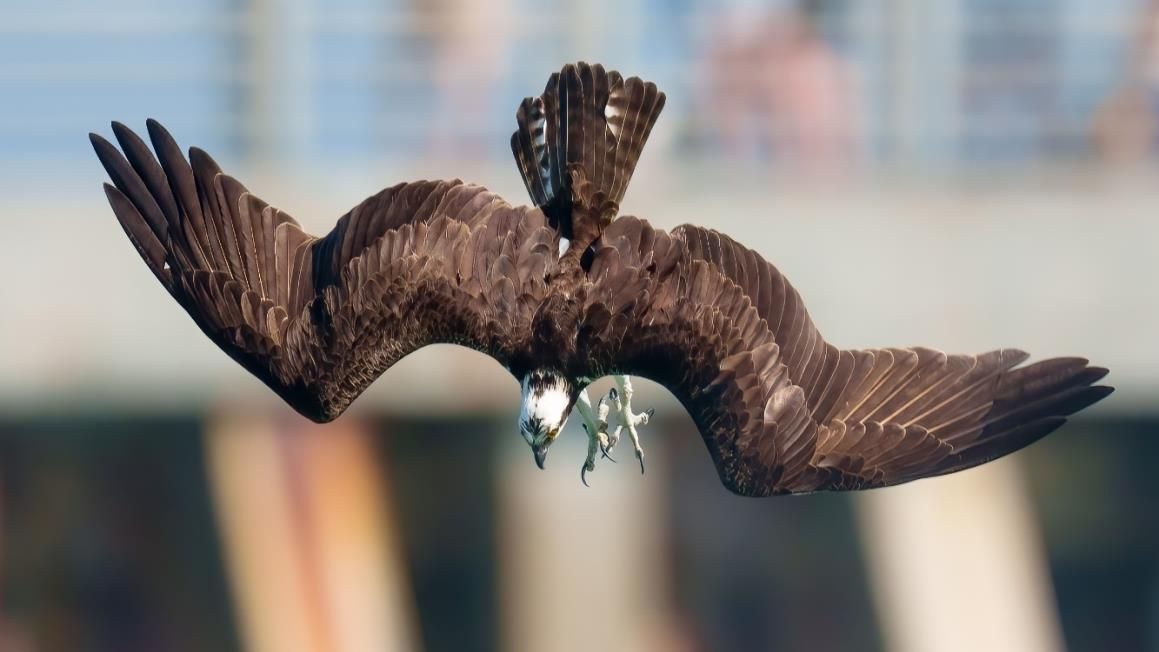
An Osprey diving for its lunch. | Flickr @David Hess
What more can we say! If it wasn’t already, bird-watching may just become your new hobby. While you’re at Topsail Island, be sure to enjoy some birding time. It’s fun, absolutely cheap and can be done from anywhere. Just sitting on the balcony of our motel, you can hear them tweet their love songs!
